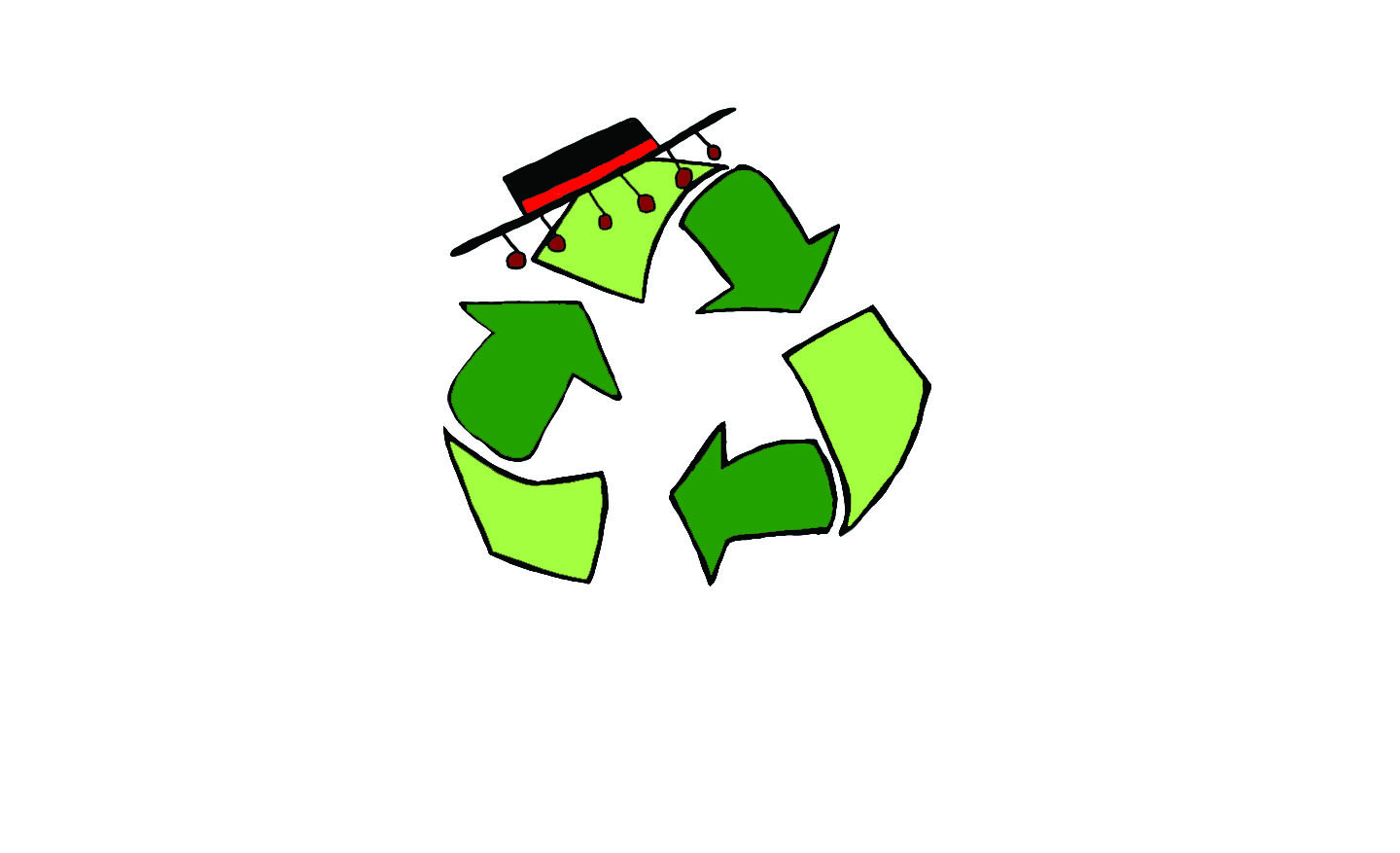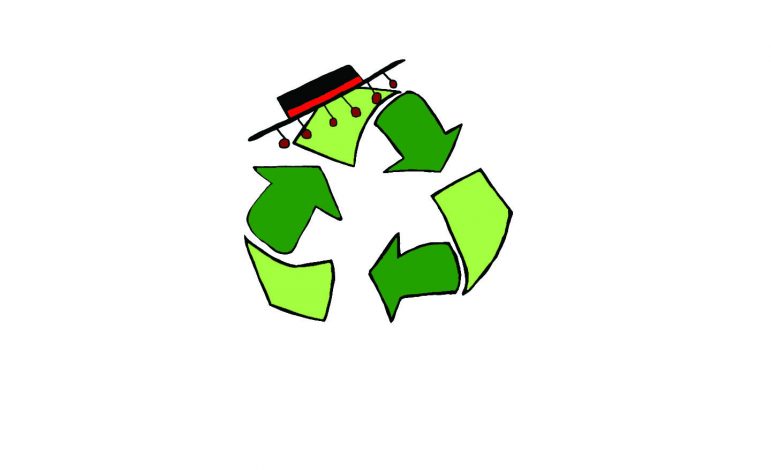

“We had the idea to recycle, and they supported us with the materials, like the blue bins,” said Psychology teacher Carlo Corti, one of the key facilitators of the project.
Prior to this program, Aragon had only recycled items from the front office, kitchen and classrooms. The administration halted recycling items from center court and hallways for two years due to an increase of non-recyclable items being thrown into recycling bins.
“We’ve tried to recycle district-wide, in the past, with all the recycle bins in the courtyard and so on,” said Facilities Manager Don Ahuna. “But those are constantly, I’d say 95 percent of the time, been contaminated … so I know they stopped doing the mass courtyard for lunchtime.”
Additionally, according to Principal Patricia Kurtz, the absence of Aragon’s Recycling Club left a vacancy in the recycling structure.
“We also had a very active Recycling Club and then that ended a couple years ago,” Kurtz said. “To be honest, the bins that are still here … those were picked up by the Recycling Club, and they would take them over to the recycling bins. So again, it became a person-power issue that nobody was picking them up.”
Contaminated products that end up in the recycling bins remain an issue.
“The biggest part of recycling is the kitchen,” Ahuna said. “They contribute a lot of cardboard boxes. We do it in the classroom too, though, once a week. The problem with the classrooms is that once it’s contaminated, we don’t sort, so if there’s non-recyclable items in the container with the recycled items, they just go in the trash.”
The administration and faculty’s recycling reform will start off with single-stream recycling, where all recyclable items are placed in one collector and not separated by the depositor into different types. For example, paper is sorted with paper. The current per, cardboard, cans, empty plastic bottles and glass.
Recycling bins were put in classrooms as the first step of the new program, and will be emptied twice a week.
Not only is the faculty getting involved, but an effort will be made to include students in the recycling process as well.
“For my staff, I only have six people at night to clean the entire school, so we’re trying to get the students involved with, at the end of the day, taking out the classroom recycling into a larger container in the hallway,” Ahuna said. “We bought enough [blue bins] for each classroom, so that’s going to be the classroom recycling bin, and then from there we have a larger tote that will be stationed somewhere.”
“The classroom ones go into the bigger blue bins,” Corti said. “And those bins are emptied by the custodians and they bring it to the big yellow recycling container outside.”
The school’s long term solution for reestablishing recycling is still contingent on the community working together.
“There’s going to be bins next to every garbage can in center court,” Corti said. “And they will be clearly marked and labeled as recycling bins, and it will kind of be our collective responsibility as students and teachers to be very aware that if we don’t put recyclable items in there, they won’t be recycled.”
As recycling paper, cans, bottles and compost in schools will soon become a requirement in 2019, Aragon is already getting a head start.
“We’re really the first school in the district that’s doing this,” Kurtz said. “The education part for students that’s really important is going to be that when they see these big blue bins around campus they can’t throw garbage in it … We’ll try and put notes on all of them for what you can put in there, but we’re going to need everybody to work on this to make it successful.”
